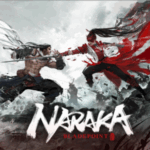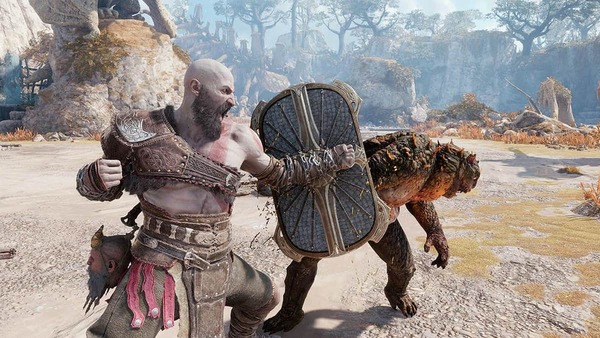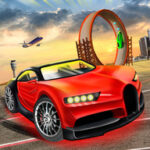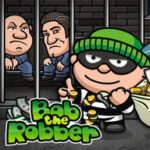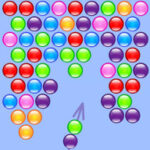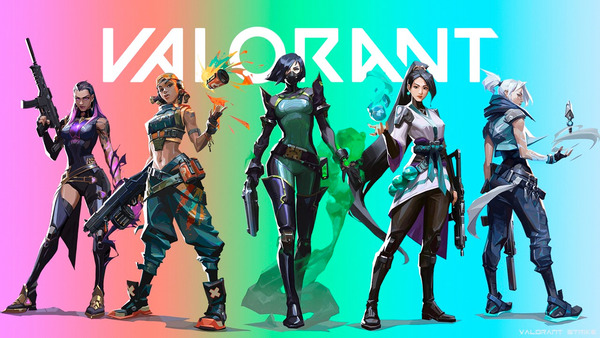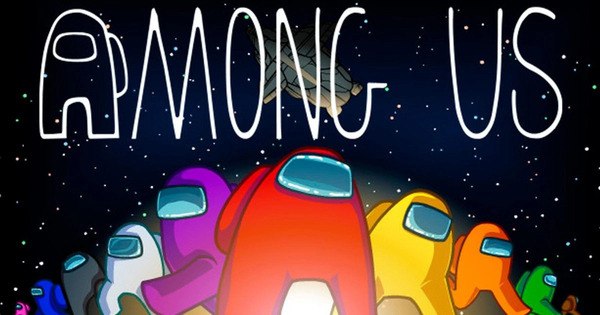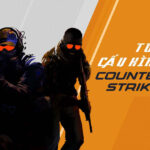League of Legends (LoL), developed and published by Riot Games, is one of the most iconic multiplayer games ever created. Since its launch in 2009, LoL has grown into a competitive strategy powerhouse, pioneering the MOBA (Multiplayer Online Battle Arena) genre and establishing one of the largest esports scenes in the world.
Whether you’re drawn to its intense 5v5 battles, its growing fantasy universe, or its high-stakes professional competitions, League of Legends offers a layered, strategic experience that continues to evolve after more than a decade. This article explores its history, gameplay depth, champions, community, and global impact.
1. The Origins and Vision of League of Legends
League of Legends was born from the popular Warcraft III mod Defense of the Ancients (DotA). Developers Brandon Beck and Marc Merrill, along with lead designer Steve “Guinsoo” Feak, envisioned a standalone title that would improve upon DotA’s complexity while remaining accessible and free-to-play. Riot Games released the game officially on October 27, 2009.
At launch, LoL featured 40 champions, a single map (Summoner’s Rift), and a small but passionate community. It was an ambitious project with modest visuals but innovative ideas. By focusing on constant updates, fair matchmaking, and community-driven design, Riot laid the foundation for long-term success.
2. The Gameplay Experience
League of Legends is a team-based game in which two sides of five players compete to destroy each other’s Nexus, the core building located in their base. Matches are played on Summoner’s Rift, a symmetrical map divided into three lanes (top, middle, bottom), a jungle, and two opposing sides.
Each player selects one champion before the match starts. Champions are unique in abilities, roles, and playstyles. Players gain gold and experience by defeating minions, monsters, and enemy champions. This gold is used to purchase items that make their champion more powerful, enabling them to take objectives and eventually win the game.
The game emphasizes coordination, mechanical skill, map awareness, and decision-making. Success depends not just on individual performance but on team synergy, communication, and strategic execution.
3. Champions and Roles
There are over 160 champions in League of Legends, each with a unique skill set and personality. Champions fill specific roles based on their abilities and playstyle. These roles include Top Laner, Mid Laner, Jungler, Attack Damage Carry (ADC), and Support.
Top Laners usually take damage or tanky champions and operate solo in the top lane. Mid Laners often use mages or assassins to dominate the central area of the map. The Jungler roams between camps and lanes, applying pressure and taking objectives. Bot Lane is shared by the ADC and Support, where the ADC deals damage from a distance while the Support protects them.
Champions vary from straightforward designs for beginners, like Garen or Annie, to highly complex ones like Azir or Lee Sin. Riot constantly adds new champions and reworks old ones, ensuring that the meta remains dynamic.
4. Maps and Game Modes
While Summoner’s Rift is the primary map and competitive standard, League of Legends features other game modes. All Random All Mid (ARAM) is a fast-paced mode on the Howling Abyss map, where players receive random champions and fight in a single lane. It’s great for quick games and experimentation.
Riot also rotates special event modes like Ultra Rapid Fire (URF), Nexus Blitz, and One for All, offering variety and casual fun. These game modes usually align with seasonal events or major patches and provide players with alternate ways to enjoy LoL outside of standard ranked matches.
The main competitive mode remains Summoner’s Rift, where balance, teamwork, and long-term strategy are key.
5. Ranked Play and Competitive Systems
Ranked mode allows players to test their skills in a competitive ladder. Players are placed in tiers based on their performance: Iron, Bronze, Silver, Gold, Platinum, Diamond, Master, Grandmaster, and Challenger. Each tier has four divisions, except for the top three.
Climbing the ranks requires consistent performance, understanding of game mechanics, adaptation to patches, and strong mental resilience. Riot offers seasonal rewards, including profile borders, icons, and exclusive skins, to recognize players’ efforts.
For those not interested in the stress of ranked, normal games and co-op vs. AI modes provide a more casual experience. However, the core of LoL’s long-term engagement lies in its ranked grind and the challenge of reaching the next tier.
6. Visual Identity and Sound Design
League of Legends has evolved visually over the years. Riot has implemented numerous graphical updates to Summoner’s Rift, character models, animations, and spell effects. The result is a vibrant, clean, and readable style that appeals to both new and veteran players.
The game’s audio design is equally impressive. Each champion has voice lines, taunts, and audio cues that reflect their lore and personality. Riot’s in-house music team produces original soundtracks, cinematic themes, and even virtual bands like K/DA, True Damage, and Pentakill, which have built massive fanbases outside of the game.
Together, visuals and audio create an immersive fantasy world where gameplay and storytelling coexist seamlessly.
7. Lore, Universe, and Multimedia Expansion
League of Legends began as a game with minimal lore, but Riot has since expanded its universe, known as Runeterra, into one of the most detailed and imaginative settings in modern gaming. Champions belong to various regions such as Demacia, Noxus, Ionia, the Freljord, Piltover, Zaun, and more.
Each region has its conflicts, alliances, and histories. Champions interact through stories, events, and official cinematic videos. Riot also develops external media, including comics, short stories, and collaborations with Marvel Comics.
In 2021, Riot released Arcane, an animated series on Netflix based on LoL characters like Jinx, Vi, Caitlyn, and Jayce. Arcane received critical acclaim and introduced millions of new fans to the LoL universe. Its success confirmed that League’s lore is powerful enough to stand on its own as a storytelling platform.
8. Esports and Competitive Scene
LoL is the world’s largest esports title. Riot Games runs regional leagues across the globe, including the LCS (North America), LEC (Europe), LCK (Korea), and LPL (China). Each region hosts two splits per year, culminating in playoffs and international tournaments like the Mid-Season Invitational and the World Championship.
The League of Legends World Championship (Worlds) is a global spectacle with millions of viewers, massive prize pools, and production quality that rivals traditional sports. Teams like T1, Fnatic, G2 Esports, and Edward Gaming have become legends in the esports world.
Esports fans follow players, teams, drafts, metas, and international rivalries. Riot’s investment in production, content, and ecosystem development has elevated LoL esports to a level few games can match.



